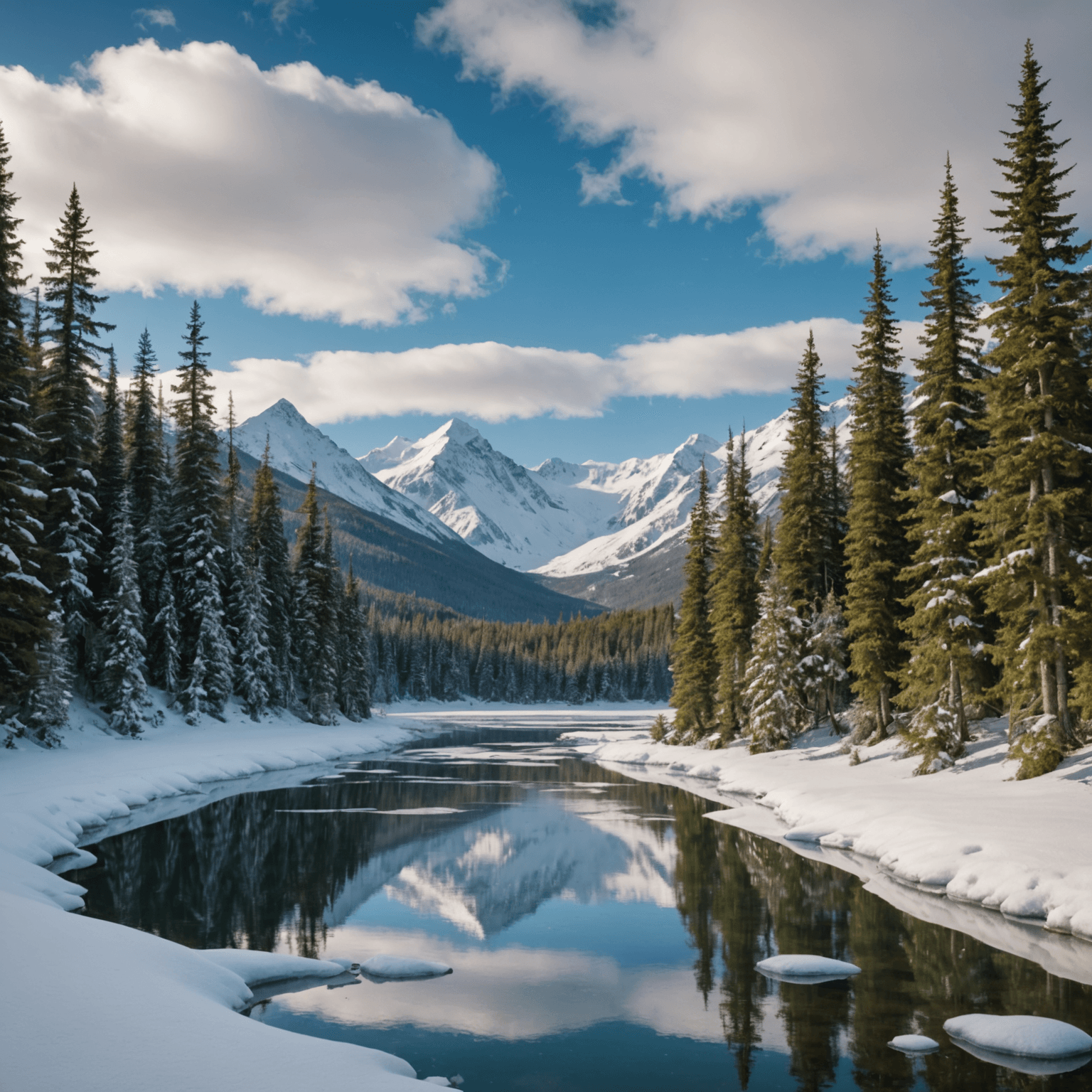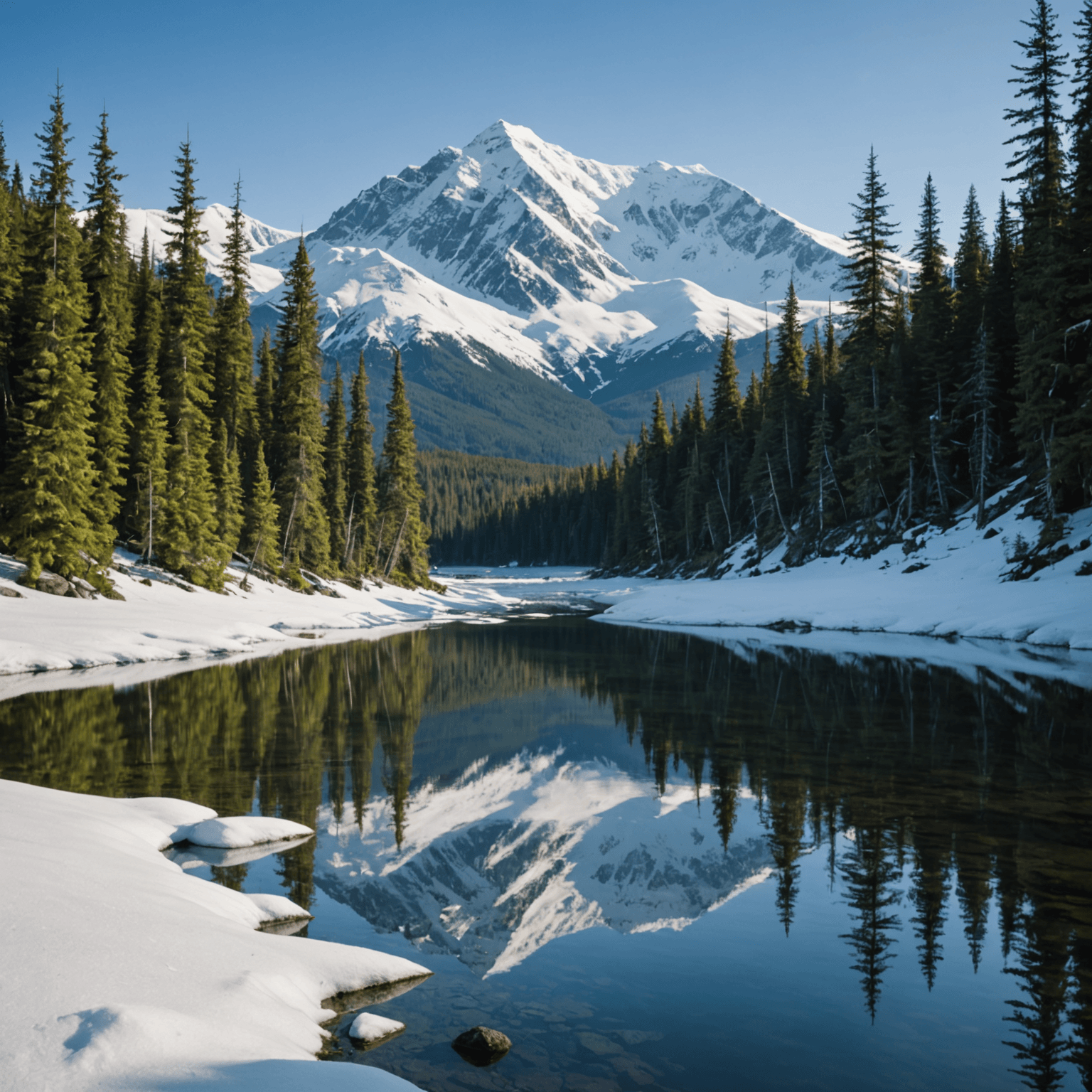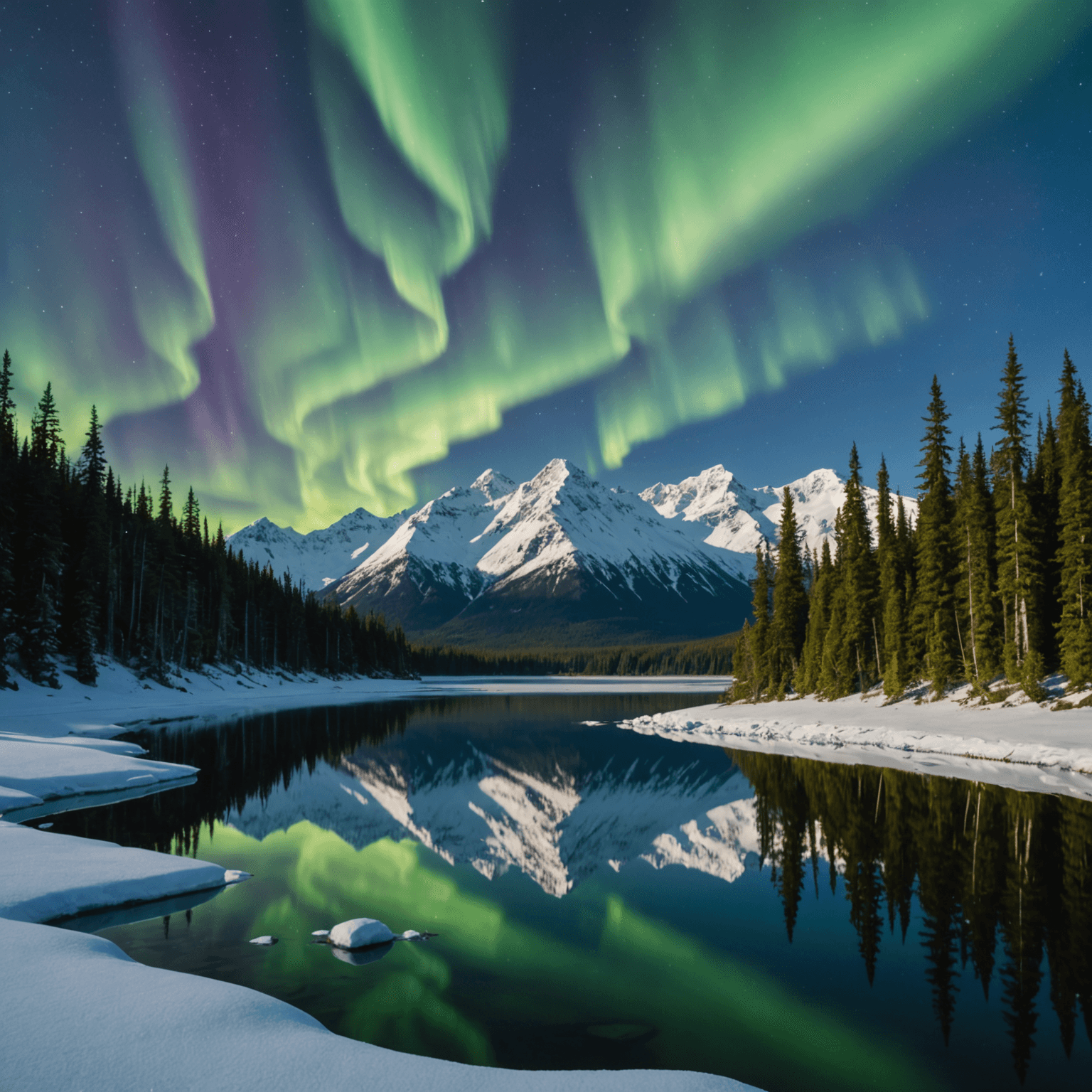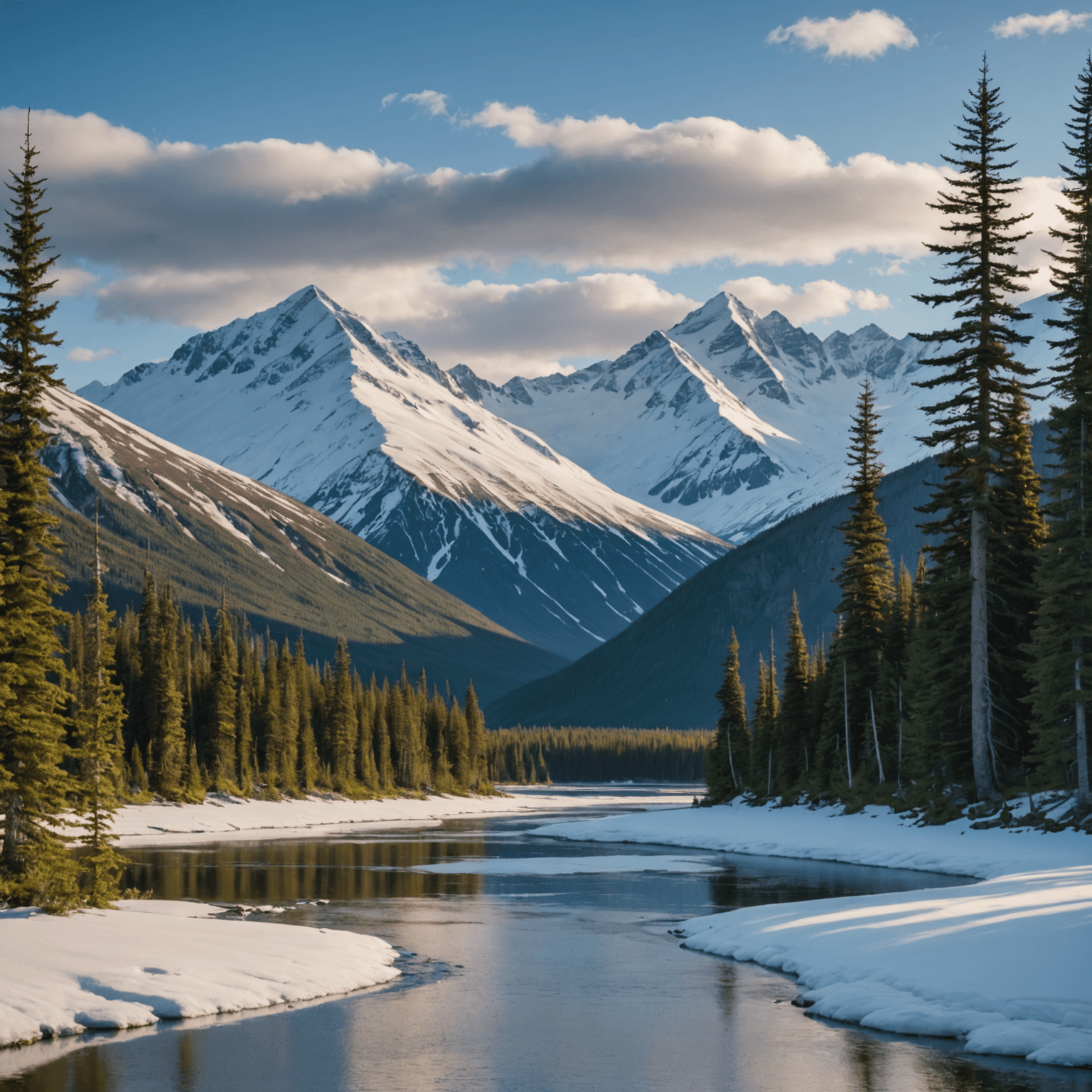Introduction
Dryland mushing might sound like an oxymoron to the uninitiated, but in the world of sled dogs, it’s a vibrant off-snow sport that keeps both mushers and their teams in top shape year-round. Originating as a training method for traditional sled dogs when snow is scarce, dryland mushing has evolved into a competitive sport of its own. This activity involves the use of carts, bikes, or rigs to simulate the experience of sledding without snow. Not only does it offer an engaging way to interact with sled dogs, but it also provides a unique opportunity for participants to experience the thrill of mushing in a different environment. This article delves into the fascinating world of dryland mushing, exploring its origins, the equipment used, and the number of dogs typically involved in a team, while offering insights into its growing popularity in Alaska and beyond.
Origins and Evolution of Dryland Mushing
Dryland mushing began as a practical solution to train sled dogs during the snow-free months. In regions like Alaska, where dog sledding is a significant part of the culture and economy, maintaining the fitness and readiness of sled teams is crucial. As a result, mushers adapted their training methods to accommodate the changing seasons, using wheeled carts or bicycles instead of sleds. Over time, this necessity evolved into a popular sport with its own set of competitions and enthusiasts.
Alaska, with its vast wilderness and tradition of dog sledding, has become a hub for dryland mushing. Events and races are held throughout the state, drawing participants from around the world. Organizations like Travel Alaska provide information on these events, highlighting the sport’s growing popularity and significance.
Equipment and Techniques
Dryland mushing requires specific equipment to ensure the safety and effectiveness of the activity. The primary tools of the trade include:
- Carts and Rigs: These are specially designed to mimic the sledding experience on wheels. They are often lightweight but sturdy, providing stability and control on various terrains.
- Bikes and Scooters: For smaller teams or individual workouts, mushers might use a bike or a scooter, allowing for greater maneuverability.
- Harnesses and Lines: Just like in traditional sledding, harnesses and ganglines are used to connect the dogs to the rig or bike, ensuring they pull efficiently and safely.
Training techniques in dryland mushing focus on maintaining the dogs’ fitness and honing their team dynamics. Regular practice helps dogs stay accustomed to working together, responding to commands, and building their stamina.

How Many Dogs Are in a Sled Team?
The number of dogs in a sled team can vary based on several factors, including the type of activity, the terrain, and the experience level of the musher. In dryland mushing, teams typically consist of 4 to 6 dogs, although smaller teams of 1 to 3 dogs are common for individual training sessions or when using bikes and scooters. Larger and more competitive teams, which might be seen in races, can have up to 8 or more dogs.
The configuration of the team plays a critical role in the success of the mushing experience. Dogs are usually arranged in pairs, with lead dogs at the front, followed by swing dogs, team dogs, and wheel dogs positioned closest to the rig or sled. Each dog has a specific role and is selected based on its strengths and experience.
For those interested in experiencing the thrill of riding with a sled dog team, Snowhook Adventures’ dog sled rides offer an exciting opportunity to witness these incredible athletes in action.
The Growing Appeal of Dryland Mushing in Alaska
In recent years, dryland mushing has gained traction as both a recreational and competitive sport. Its appeal lies in the opportunity it provides to engage with the traditional Alaskan lifestyle without the necessity of snow. This accessibility has made it an attractive option for tourists and locals alike.
Alaska’s varied terrain offers a perfect backdrop for dryland mushing, with trails that wind through forests, along rivers, and across open fields. The state’s commitment to outdoor recreation is evident in its support for such activities, with organizations like Alaska.org offering resources and guides for those interested in exploring this unique sport.

Conclusion
Dryland mushing represents the ingenuity and adaptability of mushers who are passionate about maintaining their dogs’ health and performance throughout the year. This sport not only preserves the heritage of dog sledding but also invites new participants to experience the exhilaration of mushing in a different context. Whether you’re a seasoned musher or a curious adventurer, dryland mushing offers a dynamic and rewarding way to connect with nature and these remarkable canine athletes.
For those planning a trip to Alaska, consider incorporating a dryland mushing experience into your itinerary. Snowhook Adventures provides various options to explore, ensuring an unforgettable adventure in the Last Frontier.
FAQ
1. What is the purpose of dryland mushing?
Dryland mushing serves as an off-season training method for sled dogs, helping them maintain fitness and readiness when snow is absent. It has also developed into a competitive sport.
2. How many dogs are typically in a dryland mushing team?
Teams usually consist of 4 to 6 dogs, but smaller setups with 1 to 3 dogs are common for individual training or when using bikes. Larger teams can have up to 8 dogs.
3. What equipment is needed for dryland mushing?
Essential equipment includes carts or rigs for wheeled mushing, harnesses, ganglines, and sometimes bikes or scooters for smaller teams.
4. Where can I try dryland mushing in Alaska?
Alaska offers numerous opportunities for dryland mushing, with tours and experiences available through providers such as Snowhook Adventures.
5. Is dryland mushing safe for the dogs?
Yes, when conducted properly with appropriate equipment and training, dryland mushing is safe and beneficial for dogs, promoting their health and well-being.
6. Are there dryland mushing competitions?
Yes, dryland mushing has evolved into a competitive sport with events held in Alaska and other regions, attracting participants from around the world.
7. Can beginners participate in dryland mushing?
Absolutely. Many tours and experiences are designed for beginners, providing guidance and an introduction to the sport in a safe and controlled environment.
8. What other activities can I pair with a dryland mushing experience in Alaska?
Visitors can combine dryland mushing with various other adventures, such as ATV tours in Hatcher Pass or exploring the scenic Denali National Park.




